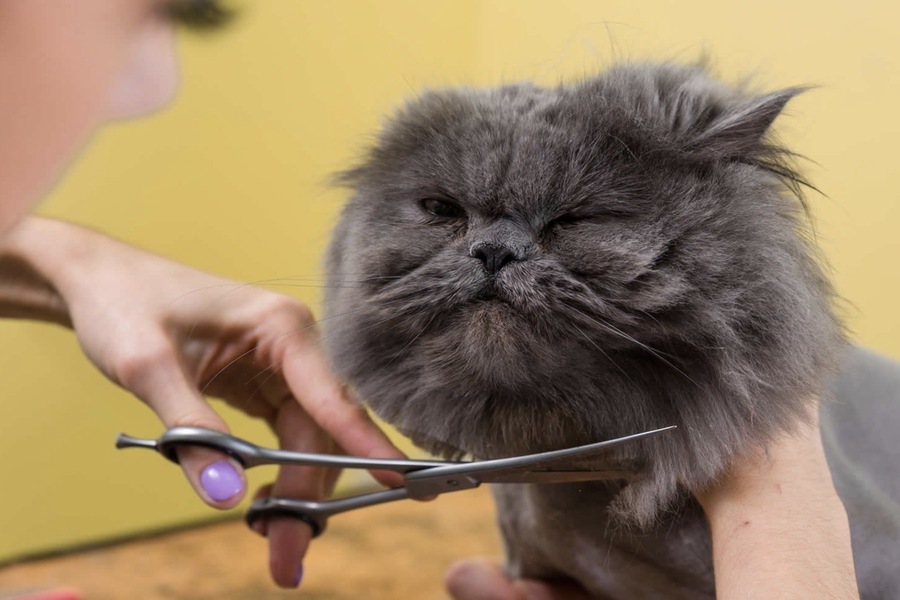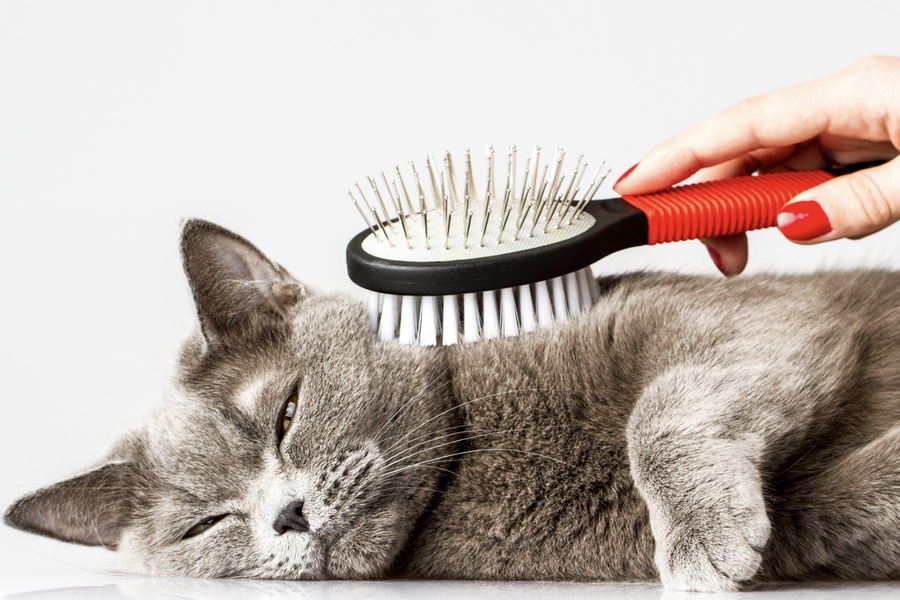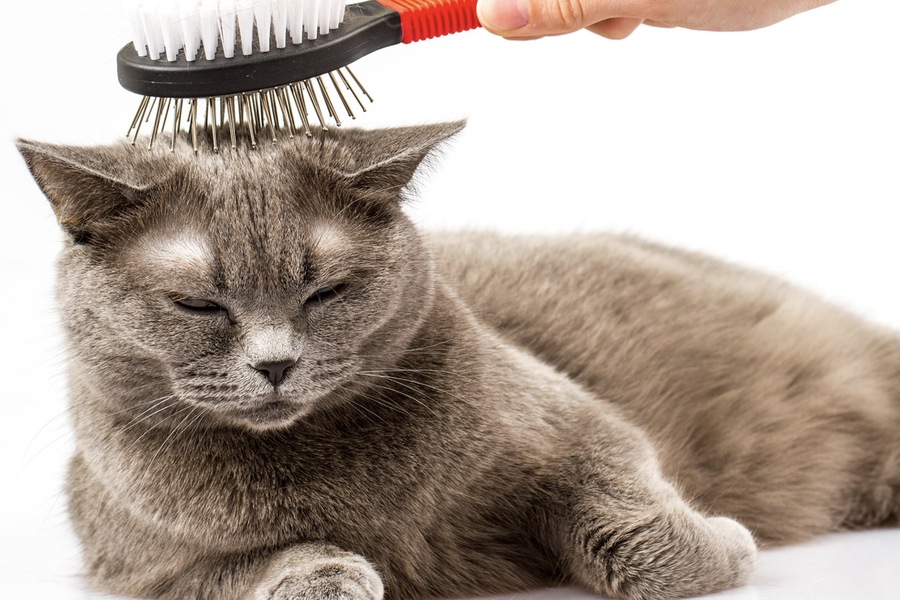Cat grooming is a fundamental aspect of feline care, essential for maintaining a cat’s health and hygiene. Beyond the practical benefits, grooming can also be an avenue for creative expression. With the right products and tools from brands like Pets in the City, grooming sessions can be transformed into artistic endeavors. This article explores the concept of cat grooming as an art form, providing insights into techniques, tools, and tips for transforming routine grooming sessions into creative experiences.
The Evolution of Cat Grooming
Cat grooming has evolved significantly over the years. Initially focused solely on hygiene and health, grooming practices have expanded to include aesthetic enhancements and artistic expressions.
1. Historical Perspective
- Traditional Practices: Historically, cat grooming was primarily about maintaining cleanliness and preventing health issues.
- Modern Trends: Recently, there has been a shift towards incorporating artistic elements into grooming, influenced by pet industry trends.
2. Artistic Grooming Defined
- Aesthetic Focus: Artistic grooming involves creatively styling a cat’s fur, often inspired by fashion or artistic themes.
- Techniques: Techniques range from intricate haircuts and patterns to pet-safe dyes and accessories.
Essential Tools and Products for Artistic Grooming
Using the right tools and products is crucial for achieving artistic grooming results. Here are some essentials that every cat groomer should consider.
1. Grooming Tools
- Precision Scissors: High-quality scissors are essential for creating intricate cuts and patterns.
- Clippers: Electric clippers with various blade attachments allow different lengths and styles.
- Combs and Brushes: Various combs and brushes are necessary to detangle, style, and smooth the fur.
2. Creative Products
- Pet-Safe Dyes: Non-toxic dyes designed specifically for pets can add color to grooming.
- Stencils: Stencils can create precise patterns and designs on the cat’s fur.
- Accessories: Decorative accessories such as bows and clips can enhance the final look.
3. Hygiene Products
- Shampoos and Conditioners: High-quality grooming products ensure the cat’s fur and skin remain healthy.
- Grooming Sprays: Sprays can help maintain the style and add a finishing touch to the groomed fur.

Techniques for Artistic Grooming
Several techniques can transform a grooming session into an artistic endeavor. These methods require skill, patience, and a gentle approach to ensure the cat’s comfort and safety.
1. Pattern Cutting
- Freehand Designs: Creating patterns by hand allows for unique and personalized designs. This requires a steady hand and creativity.
- Stencils: Stencils ensure precision and uniformity in patterns. They are particularly useful for beginners or complex designs.
2. Coloring
- Temporary Dyes: Temporary pet-safe dyes can create vibrant looks without a long-term commitment.
- Highlighting: Adding highlights can accentuate certain fur parts, creating a multidimensional effect.
3. Styling
- Topknots and Braids: Styling the fur into topknots or braids can add an elegant touch.
- Shaping: Sculpting the fur into specific shapes, such as hearts or stars, adds a whimsical element.
Safety Considerations
Safety is paramount when engaging in artistic grooming. The cat’s well-being must be prioritized throughout the process.
1. Product Safety
- Non-Toxic Products: Always use products specifically formulated for pets to avoid allergic reactions or toxicity.
- Patch Testing: Conduct a patch test before applying any new product to ensure the cat has no adverse reaction.
2. Handling Techniques
- Gentle Restraint: Use gentle restraint to keep the cat calm and secure during grooming.
- Breaks: Allow for breaks if the cat becomes restless or stressed. Patience is key to a successful grooming session.
3. Professional Guidance
- Training: Consider taking a course or training session in artistic grooming techniques.
- Veterinary Consultation: Consult with a veterinarian before starting a new grooming regimen to ensure it is safe for the cat.
The Benefits of Artistic Grooming
Artistic grooming offers several benefits beyond aesthetics. These include enhancing the bond between pet and owner, mental stimulation for the cat, and increased attention to the cat’s overall health.
1. Bonding Experience
- Interaction: Grooming sessions provide an opportunity for one-on-one interaction, strengthening the bond between the cat and the owner.
- Trust Building: Regular grooming helps build trust, making future sessions more enjoyable.
2. Mental Stimulation
- Sensory Engagement: The grooming process engages the cat’s senses, providing mental stimulation and preventing boredom.
- Behavioral Benefits: Regular grooming can improve the cat’s behavior, reducing stress and anxiety.
3. Health Monitoring
- Early Detection: Regular grooming allows for early detection of health issues such as skin conditions or parasites.
- Preventative Care: Maintaining a grooming routine contributes to overall preventive care, promoting long-term health.
Integrating Artistic Grooming into Regular Care
Incorporating artistic grooming into your regular care routine requires careful planning and consistency. Here’s how to integrate it effectively.
1. Routine Establishment
- Scheduling: Set a regular grooming schedule that includes practical and artistic grooming time.
- Incremental Changes: Gradually introduce artistic elements to avoid overwhelming the cat.
2. Daily Maintenance
- Brushing: Regular brushing is essential to keep the fur manageable and prevent matting.
- Spot Cleaning: Use grooming wipes to maintain the style between grooming sessions.
3. Seasonal Adjustments
- Summer: Focus on styles that help keep the cat cool, such as shorter cuts or trims.
- Winter: Ensure the fur provides adequate insulation by avoiding overly shortcuts.

The Role of Professional Grooming Services
Professional grooming services can offer expertise and advanced techniques that may be challenging to achieve at home. Engaging a professional groomer can enhance the grooming experience.
1. Selecting a Groomer
- Certification: Choose a groomer who is certified and experienced in artistic grooming.
- Portfolio: Review the groomer’s portfolio to ensure their style aligns with your preferences.
2. Collaborative Approach
- Consultation: Discuss your vision with the groomer and consider their recommendations.
- Follow-Up Care: Follow the groomer’s advice to maintain the style between visits.
DIY Artistic Grooming: Tips for Success
Here are some practical tips for those interested in artistic grooming at home to ensure a successful experience.
1. Preparation
- Research: Educate yourself on grooming techniques and safety practices.
- Supplies: Gather all necessary tools and products before starting the session.
2. Practice
- Start Simple: Begin with simple designs and gradually progress to more complex styles as you gain confidence.
- Patience: Take your time and be patient with the process and your cat.
3. Evaluation
- Assess Comfort: Continuously monitor your cat’s comfort and stress levels.
- Adjust Techniques: Adjust your techniques based on what works best for your cat.
Conclusion
Artistic grooming takes standard cat grooming sessions to a whole new level, transforming them into captivating showcases of creative expression that bring joy to both cats and their owners. Grooming can be elevated to an art form with the right tools, techniques, and a focus on safety. Whether you decide to groom your cat in the comfort of your home or opt for professional services, indulging in artistic grooming can help foster a stronger connection with your feline companion while promoting their health and overall happiness.

One of the best modern examples of literary biography, with its artfully chosen detail and narrative arc combining with a close reading of major texts.




